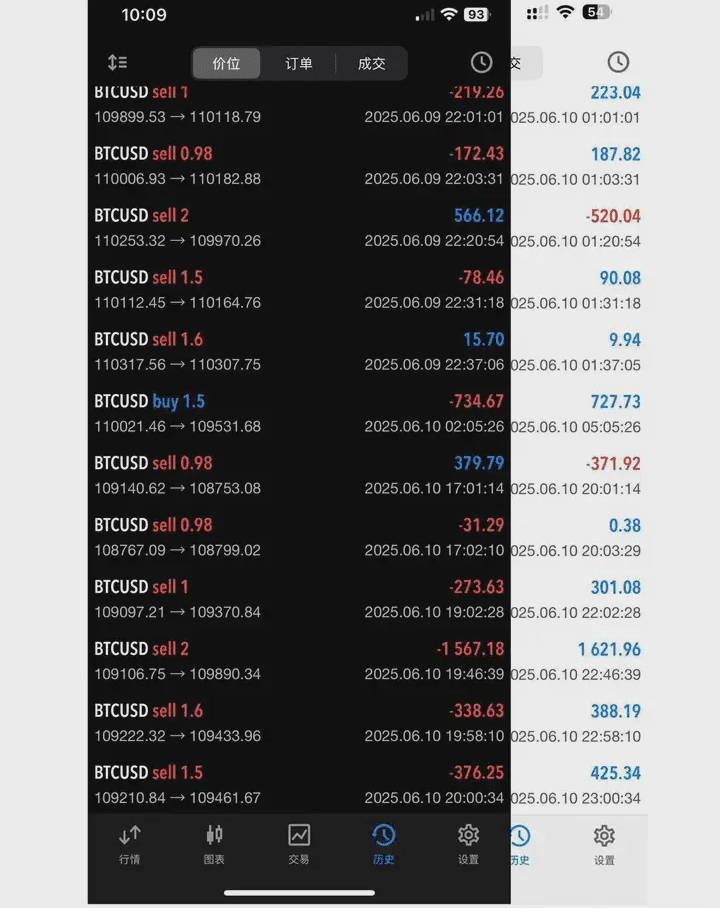In the cryptocurrency world, there is a more reliable way to make money than trading coins – arbitrage. It does not rely on market fluctuations, but rather exploits market price differences and platform rule gaps through quantitative trading to achieve low buying and high selling. For example: the same ETH sells for $2,000 on Uniswap and $2,020 on Binance, resulting in a $20 price difference as pure profit.

1. Comprehensive Analysis of Six Major Arbitrage Strategies: From Principles to Cases
1. Cross-Platform Arbitrage
Core Logic: Capture real-time price differences between different exchanges. When BTC is priced at $29,000 on Coinbase and $29,500 on Kraken, the robot automatically buys on the lower-priced platform and sells on the higher-priced platform, with a single arbitrage yielding $500.
Practical Key Points: Use tools like CCXT to monitor over 200 exchanges in real time, set a price difference threshold of more than 2% to trigger trades, and avoid profit loss due to transaction fees.
2. Triangular Arbitrage: Three-coin cycle to earn exchange rate differences
Trading Path: ETH → USDT → BTC → ETH. Assuming ETH/USDT = 2000, USDT/BTC = 0.0001, BTC/ETH = 2050, the exchange rate product = 2000 × 0.0001 × 2050 = 410 > 1, completing the loop trade can yield a profit of 410 times (theoretical value, slippage must be deducted).
Tool Recommendation: Arbitrage Bot automatically calculates the exchange rate matrix, triggering arbitrage when the product > 1.01, so ordinary people do not need to manually calculate complex formulas.
3. Perpetual Contract Funding Fee Arbitrage
Earnings Logic: Perpetual contract platforms charge funding fees three times a day. When Bybit's funding fee rate is +0.1% (longs pay shorts) and OKX is -0.1% (shorts pay longs), opening a short on Bybit and a long on OKX can yield a guaranteed 0.2% fee difference daily, with an annualized return of 73%.
Precautions: Choose platforms with sufficient liquidity to avoid losses due to positions that cannot be closed.
4. Futures and Spot Arbitrage: Capture the convergence of futures and spot prices
Operation Scenario: When the BTC futures price is $30,000 and the spot price is $29,000 (futures premium of $1,000), buy spot BTC and sell an equivalent futures contract, then close the position when the prices converge on the delivery date to earn a $1,000 price difference.
Capital Requirements: It is recommended to have an initial capital of at least $100,000, as it is necessary to bear both spot positions and futures margins.
5. DEX and CEX Price Difference Arbitrage
Typical Case: In May 2023, GALA was priced at $1 on Uniswap and $10 on Binance, with a price difference of 900%. An arbitrageur bought 1,000 GALA on Uniswap through a smart contract while selling on Binance, netting $8,900 after deducting gas fees.
Tool Optimization: Use PancakeSwap API in conjunction with CEX interfaces to set gas fee optimization parameters automatically to avoid missing price differences due to on-chain transaction delays.
6. Stablecoin Arbitrage: Taking advantage of platform interest rates
Two Types of Play:
Deposit USDT into the Aave platform to enjoy an annual interest rate of 4.5%, which is 10 times higher than bank savings.
At Curve Exchange, when the USDT/USDC exchange rate deviates by 0.5%, earn liquidity premiums through automatic market-making mechanisms by buying low and selling high.

2. List of Automation Tools: From Free to Professional
CCXT (Open Source and Free): Supports API integration with over 200 exchanges, allowing Python programming beginners to write simple arbitrage scripts through tutorials, suitable for the learning phase.
Binance Grid Trading (No Threshold): A feature provided by the exchange, set a price range (e.g., BTC between $25,000 - $30,000), and the robot automatically buys low and sells high, making it a top choice for beginners.
HaasOnline (Professional Level): Monthly fee starts at $500, with built-in 10+ arbitrage strategy templates, no programming required, suitable for players with capital of at least $500,000.
Dune Analytics (Data Monitoring): Free to view real-time price difference data on-chain, such as the price difference of tokens between Uniswap and SushiSwap, to discover arbitrage opportunities in advance.

3. Practical Pitfall Avoidance Guide: How ordinary people can avoid detours
Capital Threshold Control: It is recommended that the amount for a single arbitrage be ≥ $10,000, otherwise, trading fees (0.1%-0.2%) and on-chain gas fees ($5-$20) may erode profits.
Start with simple strategies: Beginners should first try exchange grid trading, and then advance to cross-platform arbitrage to avoid losses due to incorrect tool configurations.
Diversify Platform Risk: Spread funds across 3-5 major exchanges (such as Binance, Coinbase, Kraken) to prevent issues arising from a single platform going down or risk control restrictions.

4. Conclusion: Arbitrage is not easy money, but rather earning through technology.
The essence of cryptocurrency arbitrage is to leverage technical advantages (low latency, automation) to earn money from market inefficiencies. Although it carries lower risk than trading coins, it still requires:
At least $100,000 initial capital to cover costs
1-3 months to learn tool operations
Accept a 20% chance that the arbitrage window may fail
For ordinary people, it is recommended to start with stablecoin investments (annualized 4%-8%) or exchange grid trading, and gradually accumulate experience before trying advanced strategies. In the cryptocurrency world, good sleep comes from systematic strategy design, not luck.
(Let me show you a cat)

Which arbitrage strategy are you most interested in? Let's discuss your practical plan.


